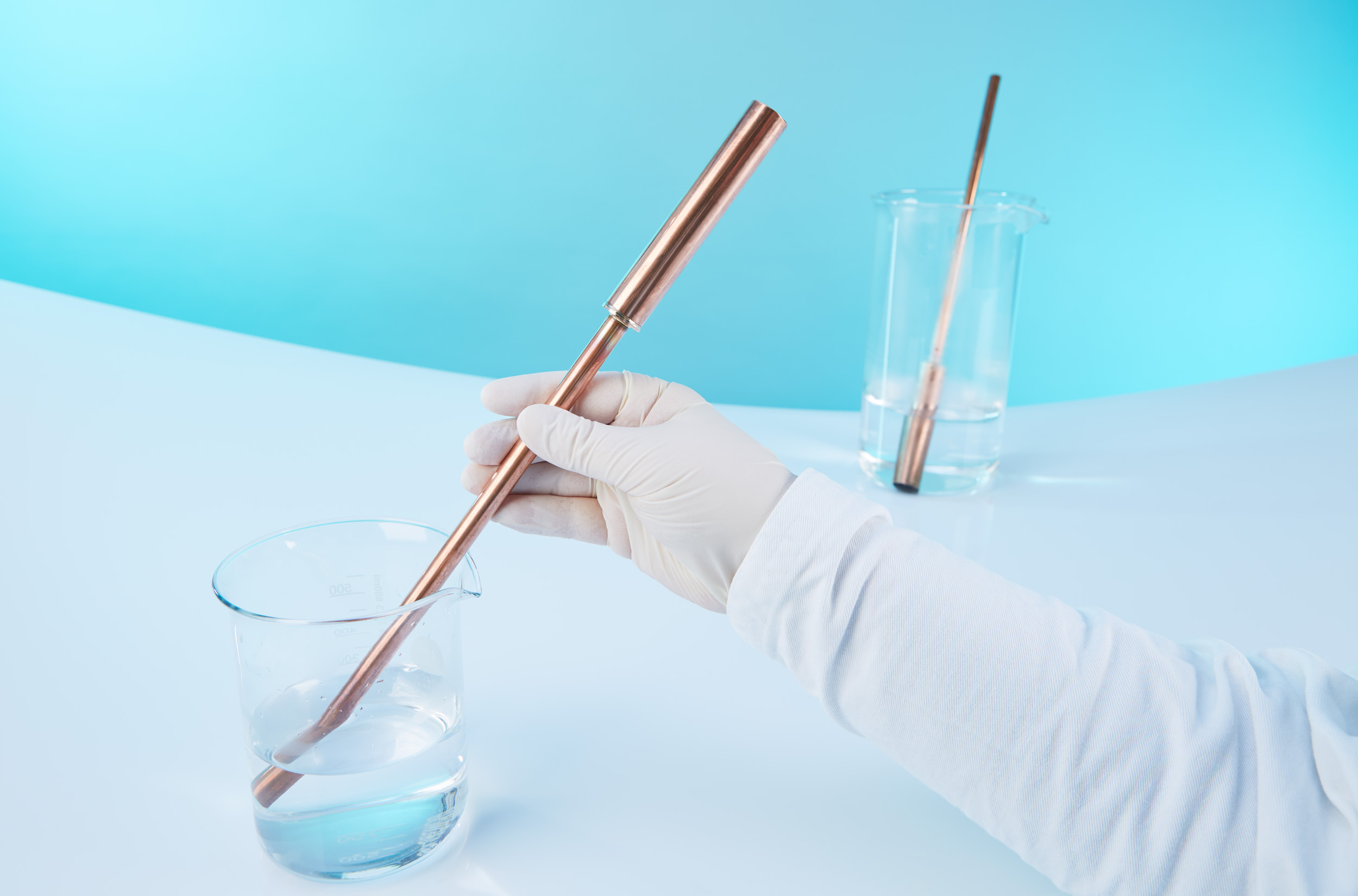Heat pipes are fluid-filled tubes that can transfer large amounts of heat in a small area. Heat transfer in a heat pipe takes place via latent heat, i.e. the evaporation and recondensation of a fluid. This type of heat transfer is highly effective: Compared to a solid body of the same dimensions, a heat pipe transfers a greater amount of heat by a factor of 100 to 1,000. Heat pipes thus conduct heat more effectively than any other known material.
Heat pipes are used as standard components in computers, for example, where they protect processors and other components from overheating. But the need for highly effective electronics cooling is also increasing in e-mobility, building technology and aerospace due to technical progress and ever higher power densities. Here, too, heat pipes are increasingly being used for heat dissipation. There are many other potential areas of application – whenever large amounts of heat need to be dissipated and transferred in a small space.
This is what we offer
We offer comprehensive heat pipe-related services for industrial and research applications.
Our labs offer a wide range of possibilities for prototype production: We can weld and solder heat pipes, create wick structures, produce heat pipes (including additively using 3D printing), and fill heat pipes with various working fluids.
We use special measurement setups and IR thermography to characterize the heat transfer capability of tubular and flat heat pipes. To investigate the internal structure of heat pipes, we use a state-of-the-art 3D computer tomograph.
We can support you in the production, testing and integration of heat pipes, from 3D-printed test samples to series production.

